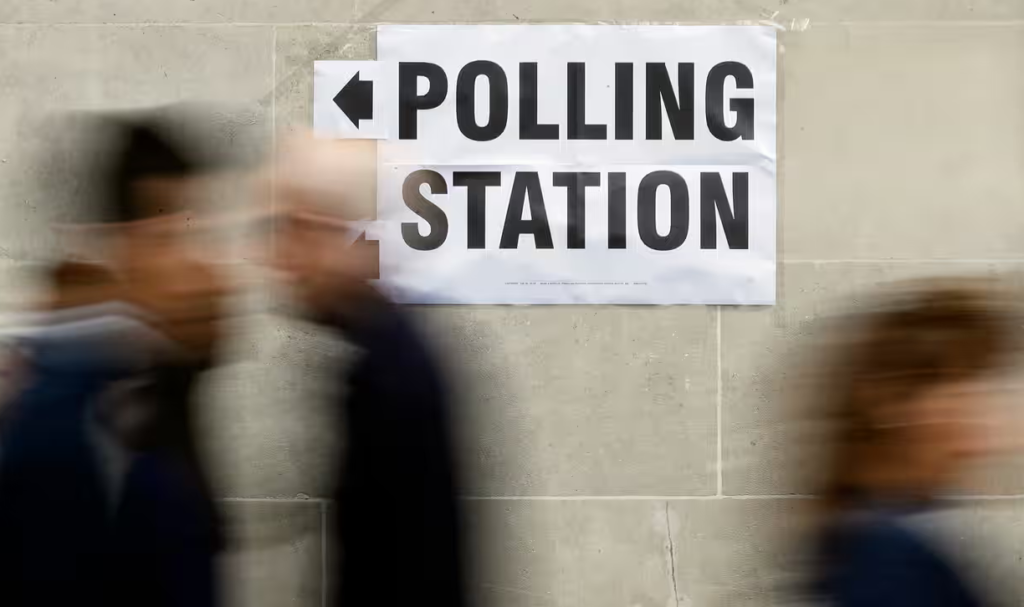
Polling stations have opened across the UK for a general election that could see Labour form its first government in 14 years. Voting commenced at 7am on Thursday in 650 constituencies throughout England, Wales, Scotland, and Northern Ireland. The counting of votes will start immediately after the polls close, with results expected in the early hours of Friday.
FansLikeFollower.com offers top-quality social media management, graphic design, and video editing services. For more details, contact us via WhatsApp through our website.
Labour leader Keir Starmer encouraged voters on social media to embrace change, while Prime Minister Rishi Sunak urged voters to prevent a Labour supermajority. Other political parties, including the Liberal Democrats and the Scottish National Party (SNP), also rallied their supporters with messages on social media platforms.
This election follows six weeks of intense campaigning and comes after a period of political instability, with the UK having three Conservative prime ministers in nearly five years. It is the first July election since 1945, called unexpectedly by Sunak.
Labour’s platform focuses on creating a publicly owned energy company, nationalizing the railways, reducing net migration, recruiting 6,500 teachers, and establishing over 100,000 new nursery places. Conversely, the Conservative Party has pledged to introduce compulsory national service for 18-year-olds, cap migrant visas annually, recruit 8,000 police officers, and reduce national insurance with a long-term goal of abolishing it.
Despite Conservative efforts, senior Tories conceded potential defeat, while Starmer accused them of trying to lower voter turnout by framing the election result as predetermined. Labour has maintained a strong 20-point lead in opinion polls throughout the campaign, with predictions of significant gains across the UK. A YouGov poll indicated that Labour could achieve its largest majority in modern history.
This election marks a dramatic shift from the 2019 general election, where Boris Johnson led the Conservatives to an 80-seat majority with a campaign focused on delivering Brexit. Johnson’s tenure was marred by the COVID-19 pandemic and various scandals, leading to his resignation in July 2022. His successors, Liz Truss and then Rishi Sunak, struggled to stabilize the party.
Keir Starmer, who has led Labour since April 2020, has transformed the party, including suspending former leader Jeremy Corbyn. Smaller parties, such as the Liberal Democrats, Greens, and Reform UK, are also anticipated to perform well. The Liberal Democrats, led by Ed Davey, have campaigned on promises like free personal care in England and improved access to GPs. The Greens are targeting left-wing voters with policies such as a wealth tax and public ownership of utilities. Reform UK, led by Nigel Farage, is expected to win up to three seats, focusing on immigration control and opposing net-zero policies.
Voters across the UK will select 650 MPs using the first-past-the-post system, with a majority requiring at least 326 seats. Eligible voters include British citizens aged 18 or over, as well as residents from Commonwealth countries and Ireland, provided they registered in advance and bring valid voter ID to polling stations.

I just wanted to drop by and say how much I appreciate your blog. Your writing style is both engaging and informative, making it a pleasure to read. Looking forward to your future posts!
Somebody essentially lend a hand to make significantly posts I might state That is the very first time I frequented your web page and up to now I surprised with the research you made to create this particular put up amazing Excellent job